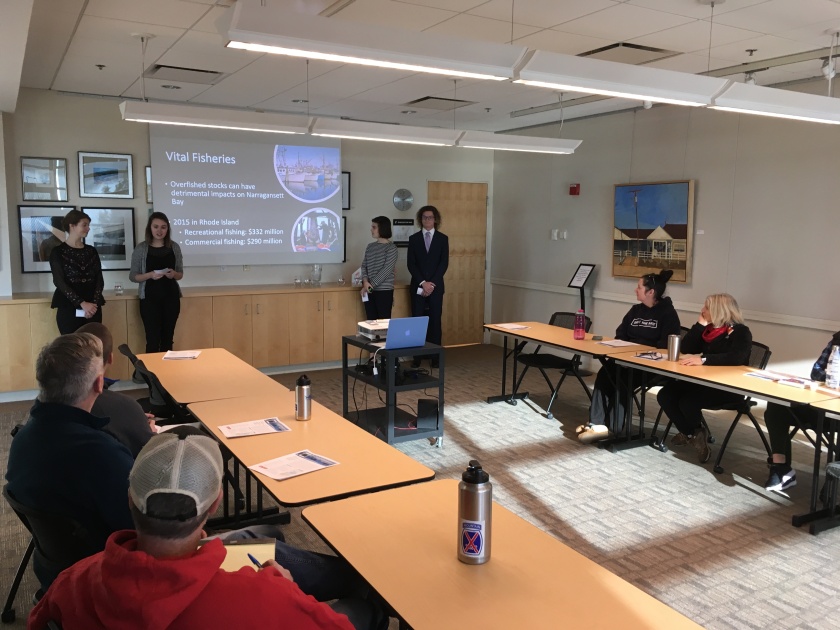

After spending two weeks exploring Mystic and nine days exploring Alaska on our inaugural Alaska-Washington Field Seminar, the Class of Fall 2019 has embarked on their next adventure: our ten-day Offshore Field Seminar!
Held aboard the SSV Corwith Cramer in collaboration with the Sea Education Association, Williams-Mystic’s Fall 2019 Offshore Field Seminar began Sunday in Rockland, Maine. Students and faculty will spend time getting oriented under the guidance of professional crew before heading out to sea. There, they will learn how to sail a tall ship, conduct shipboard science, and explore the Gulf of Maine, spending days at a time out of sight of land. The voyage will conclude close to home; at the end of F’19’s ten-day journey on Wednesday, October 2, the Cramer will arrive in New London, Connecticut, just ten miles away from Mystic.
The Class of Fall 2019 comprises eighteen students. Together, they represent thirteen different home colleges and universities from across the US. Their majors are just as varied, spanning not just marine biology and history but also film, political science, economics, and psychology.
For the offshore voyage, students are joined by Executive Director Tom Van Winkle along with three of their five faculty members: Assistant Professor Tim Pusack, who teaches Marine Ecology; Associate Professor of Geosciences Lisa Gilbert, who teaches Oceanographic Processes; and Professor of English Christian Thorne, who teaches Literature of the Sea.
Throughout the journey, F’19 will learn what it means to live at sea, sharing experiences with seafarers throughout history and literature. They’ll also learn what it’s like to gather scientific data from the side of a ship, and get experience analyzing this often-messy information in real time.
Most of all, every participant on the voyage will become an integral part of the ship’s crew. The nature of tall-ship sailing is that every person on board must take their share of responsibility for helping the ship get to its destination — whether that means cleaning the galley (i.e., kitchen) or standing watch at the bow at two in the morning. Under the guidance of professional crew and working together as part of six-person “watch groups,” F’19 will learn to do just that.
—
We will share updates straight from the Cramer as they become available. In the meantime, you can track the vessel’s progress here:
Please note that vessel tracking information is NOT updated continuously and the Cramer isn’t always able to provide updated location information. (Good reception isn’t a guarantee at sea!) If you notice that the Cramer appears to be in the same location for an extended period of time, it simply means the website has not yet been updated.
You can also look back at blog posts from previous Offshore Field Seminars here: https://williamsmystic.wordpress.com/category/field-seminars/offshore-field-seminar/.

























 tive to Japan and representing nearly 300 species are still washing up on North America’s coasts.
tive to Japan and representing nearly 300 species are still washing up on North America’s coasts.